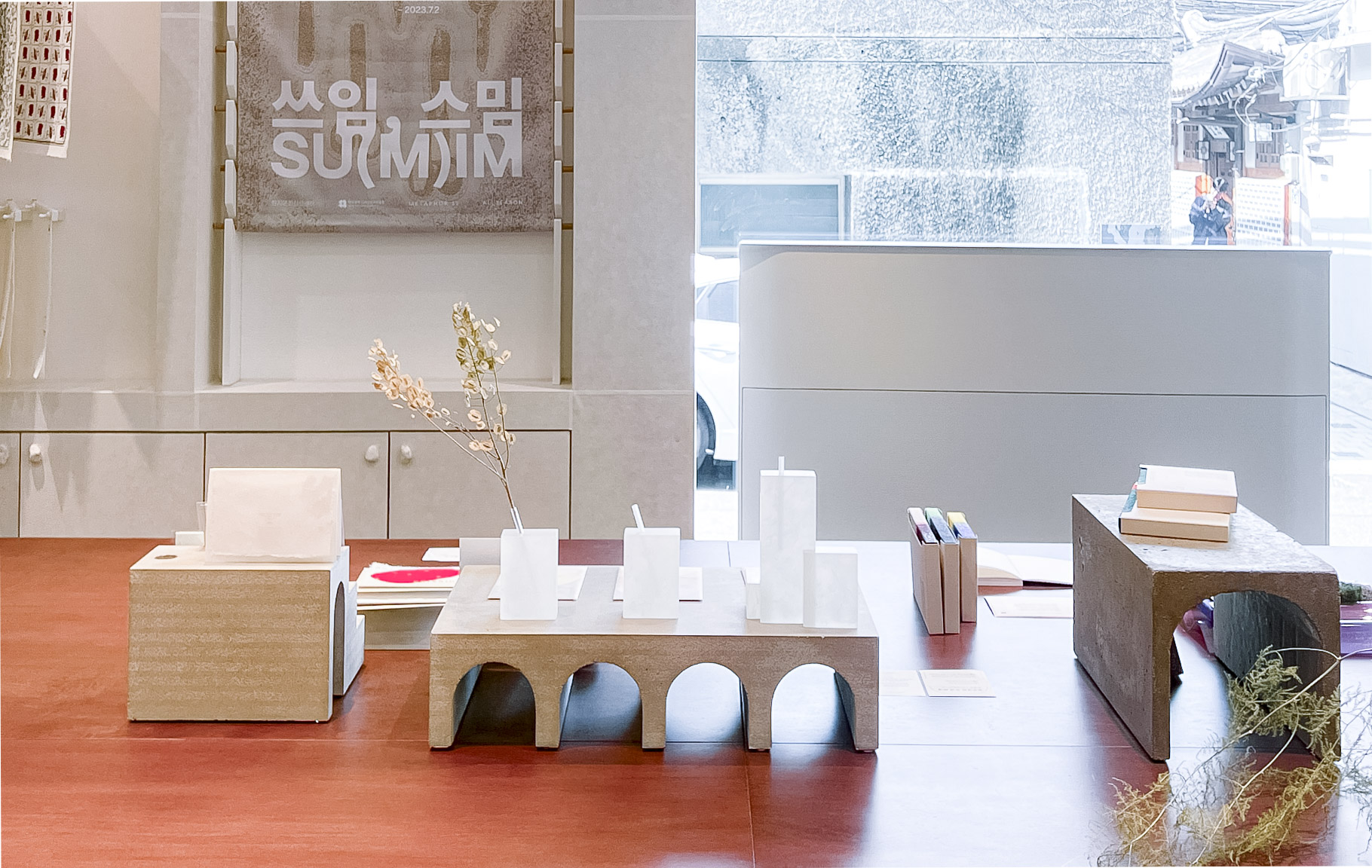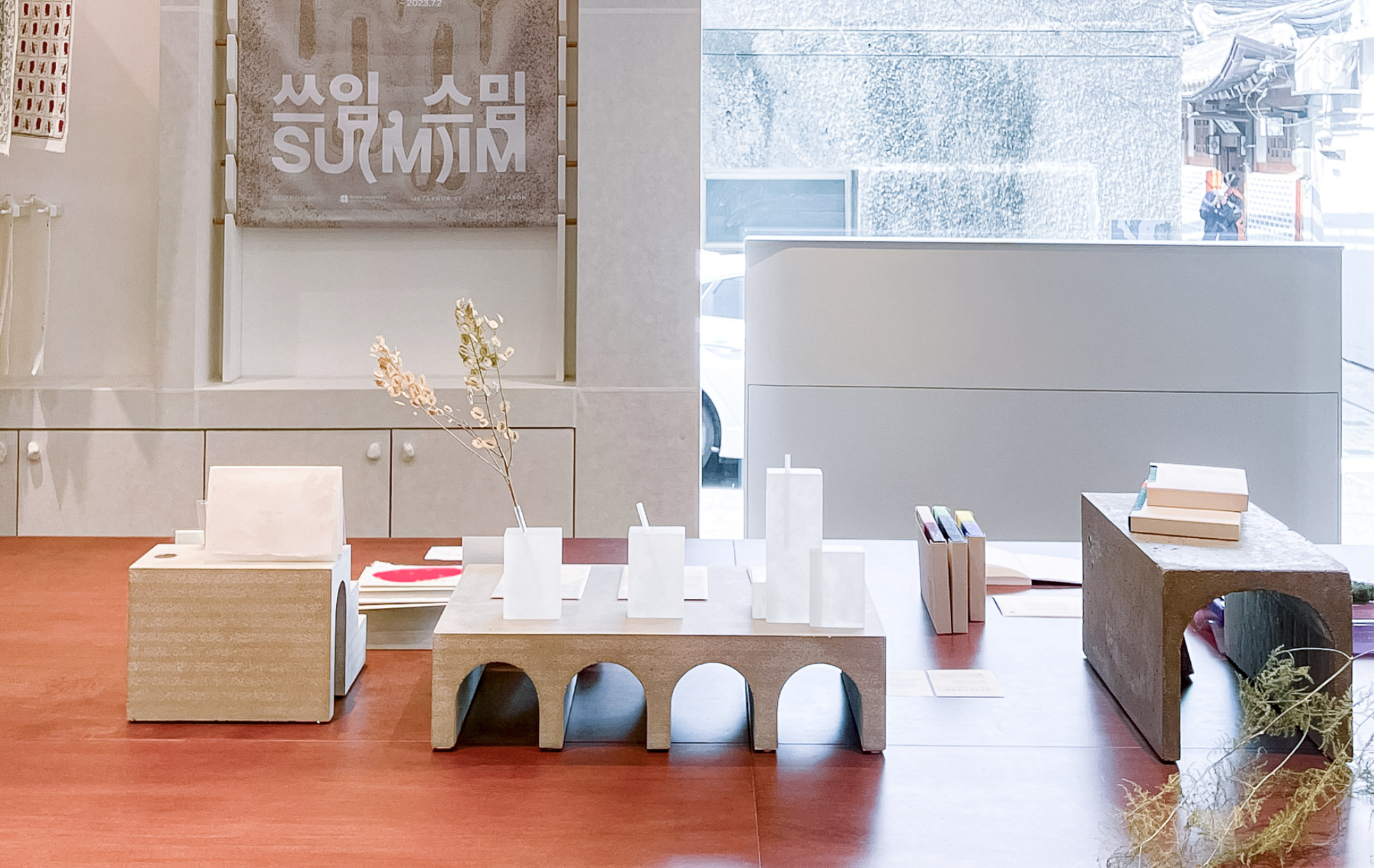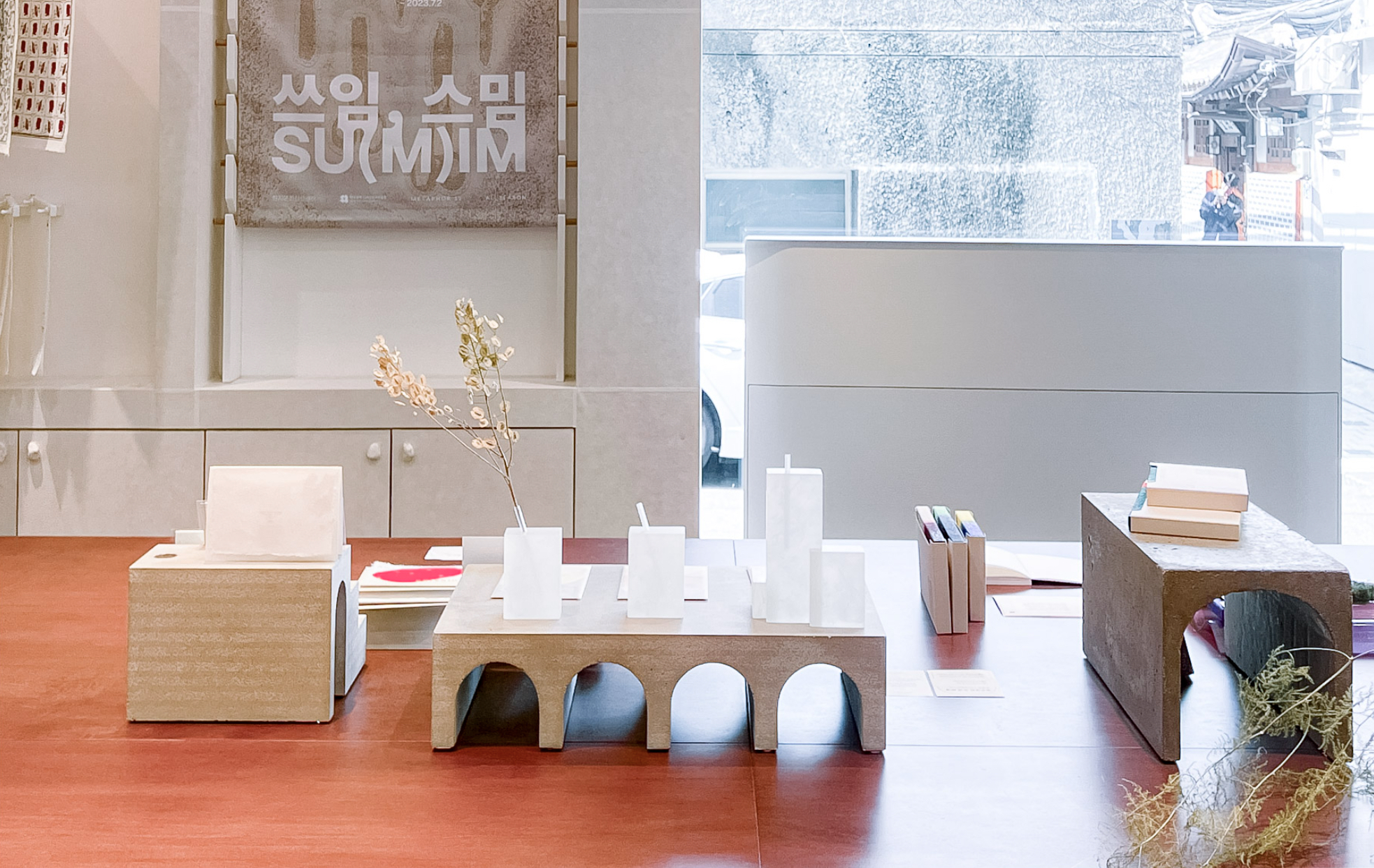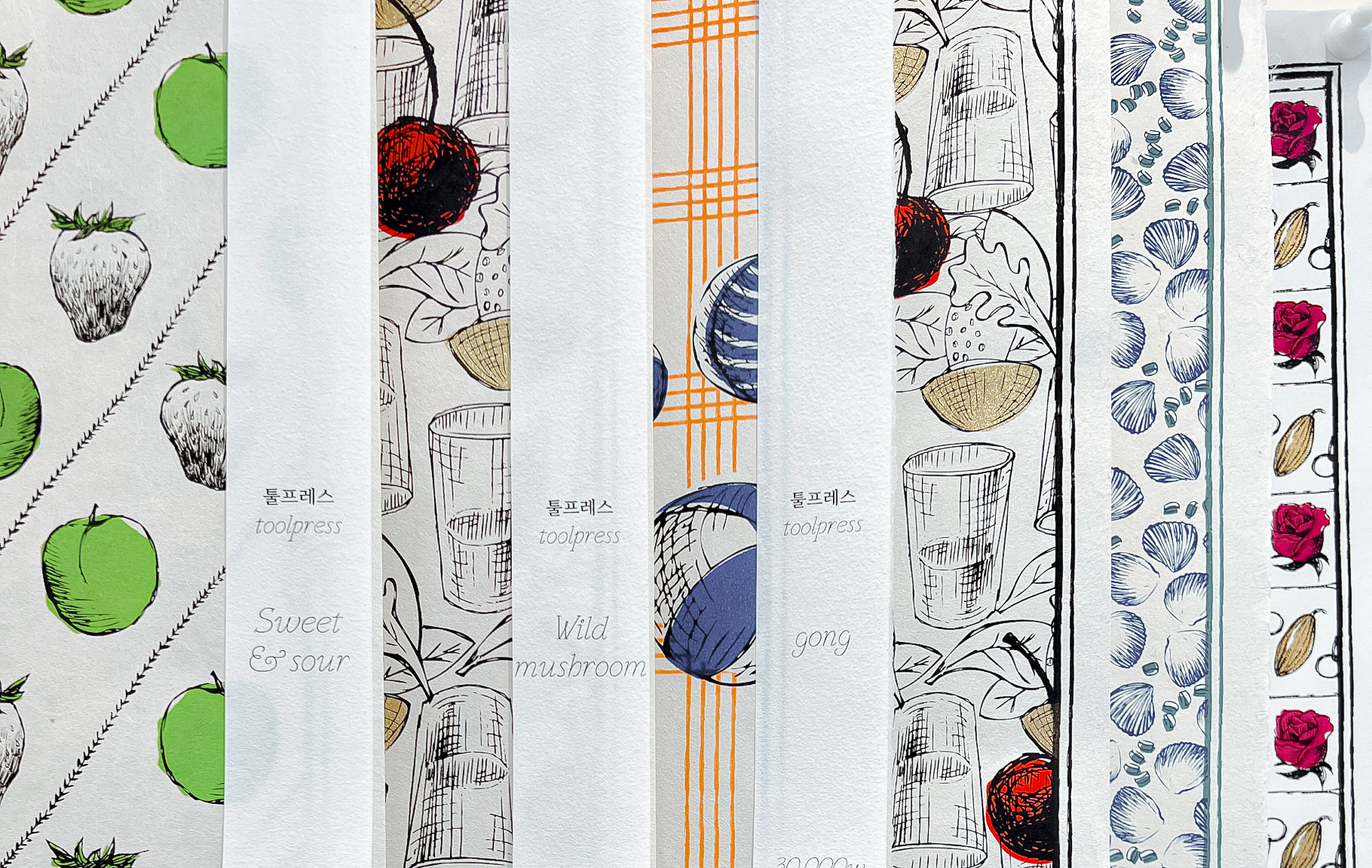Delete Comment?
Are you sure you want to delete your comment?You can’t undo this.

Delete Comment?
Are you sure you want to delete your comment?You can’t undo this.

Shopping
Hanji - Korean traditional Paper& Where to find them
Learning about Hanji can procide insight into Korean heritage and artistic traditions.
22 Dec, 2024
Shopping
Hanji - Korean traditional Paper& Where to find them
Learning about Hanji can procide insight into Korean heritage and artistic traditions.
22 Dec, 2024
It is important to appreciate traditional craftsmanship in a world that relies heavily on digital technology and mass-produced goods. Hanji, a traditional Korean paper made from the inner bark fibers of the mulberry tree, is a prime example of such craftsmanship. This essay will explore the history, characteristics, uses, and significance of Hanji.


About Hanji, the paper
Hanji, known as 한지 in Korean, is crafted by Korean artisans through a meticulous process of boiling, cleaning, and beating mulberry tree bark into a pulp, which is then formed into delicate, yet durable paper sheets. What sets Hanji apart from ordinary paper is its unique texture and characteristics. It is soft yet sturdy, slightly translucent, and highly absorbent, making it ideal for traditional ink and watercolor painting without bleeding. - Hanji usage in Old Days & Modern Times Throughout Korean history, Hanji has played a significant role in their culture. It adorned traditional Korean architecture, wrapped sacred objects in religious rituals, and preserved important documents and texts. In contemporary times, Hanji has found a place in art, craft, fashion, and even origami.

Hanji Culture & Industry Center 한지문화산업센터
Hanji Culture and Industry Center is situated at Bukchon, Jongno in Seoul. Their mission is to promote the excellence of Hanji, our traditional heritage, and expand its usage globally. They aim to introduce the various meanings and values of Hanji into the lifestyles and cultures of people worldwide, not just in Korea. - There are some workshops that you can participate for free. Check the website before going to this place. Some Hanji souvenirs are prepared - for you to enjoy uniqueness.

worldwide, not just in Kor
Hanji Culture and Industry Center is situated at Bukchon, Jongno in Seoul. Their mission is to promote the excellence of Hanji, our traditional heritage, and expand its usage globally. They aim to introduce the various meanings and values of Hanji into the lifestyles and cultures of people worldwide, not just in Korea.

About Hanji, the paper
Jongno in Seoul. Their mission is to promote the excellence of Hanji, our traditional heritage, and expand its usage globally. They aim to introduce the various meanings and values of Hanji into the lifestyles and cultures of people worldwide, not just in Korea.

About Hanji, the paper
Jongno in Seoul. Their mission is to promote the excellence of Hanji, our traditional heritage, and expand its usage globally. They aim to introduce the various meanings and values of Hanji into the lifestyles and cultures of people worldwide, not just in Korea.

About Hanji, the paper
Jongno in Seoul. Their mission is to promote the excellence of Hanji, our traditional heritage, and expand its usage globally. They aim to introduce the various meanings and values of Hanji into the lifestyles and cultures of people worldwide, not just in Korea.
Jongno in Seoul.
Jongno in Seoul. Their mission is to promote the excellence of Hanji, our traditional heritage, and expand its usage globally. They aim to introduce the various meanings and values of Hanji into the lifestyles and cultures of people worldwide, not just in Korea.Jongno in Seoul. Their mission is to promote the excellence of Hanji, our traditional heritage, and expand its usage globally. They aim to introduce the various meanings and values of Hanji into the lifestyles and cultures of people worldwide, not just in Korea.

Some interesting facts about Hanji
Not many travelers are familiar with Hanji. So why now discover this hidden and intriguing aspect of Korean culture? 1 - Resistance to Aging: Hanji is highly prized for its longevity. Unlike many other types of paper, it doesn't yellow or become brittle as quickly. This durability is a testament to the quality and craftsmanship involved in its production. 2 - The cultural significance of Hanji is underscored by its designation as Important Intangible Cultural Property No. 108 in South Korea. This recognition highlights its role in preserving and representing Korean heritage. 3 - Hanji is often used to craft intricate and colorful paper lanterns. These lanterns are a significant part of Korean culture and can be seen during various festivals and celebrations. Their delicate beauty, combined with the soft glow of the light within, creates a mesmerizing sight. 4 - Hanji Crafts: For travelers interested in experiencing Hanji, there are many opportunities to participate in craft workshops. Visitors can learn how to make items like fans, masks, and other traditional crafts using Hanji. These workshops offer a hands-on introduction to the art of Hanji.

Fine Tip
Have you ever been in here?
3 - Hanji is often used to craft intricate and colorful paper lanterns. These lanterns are a significant part of Korean culture and can be seen during various festivals and celebrations. Their delicate beauty, combined with the soft glow of the light within, creates a mesmerizing sight.
Comments (5)
You May also like
Taste
Samgyeopsal, Every Korean’s Favorite!
Taste
Classic never goes out of style: About Korean Snacks & Where
Shopping
Discover famous regions in Korea
Shopping
Useful tips in usingpublic transport in Korea
Taste
What a Culinary adventure! 6 Most loved K-foods
Spots
Royal palaces in Seoul & Which one to visit
Taste
Banchan odyssey, Explore a world of flavors
Explore
A Journey Throughthe National Museums
Heritage
Which markets are famous to locals in Seoul?

sdfasd
Hanji is often used
22 Apr 2025
asdasdasd
ㅁㄴㅇㅁㄴㅇ
22 May 2025
asdasdasd
ㅁㅁㅁ
22 May 2025
laya
Ddddd
17 Jun 2025